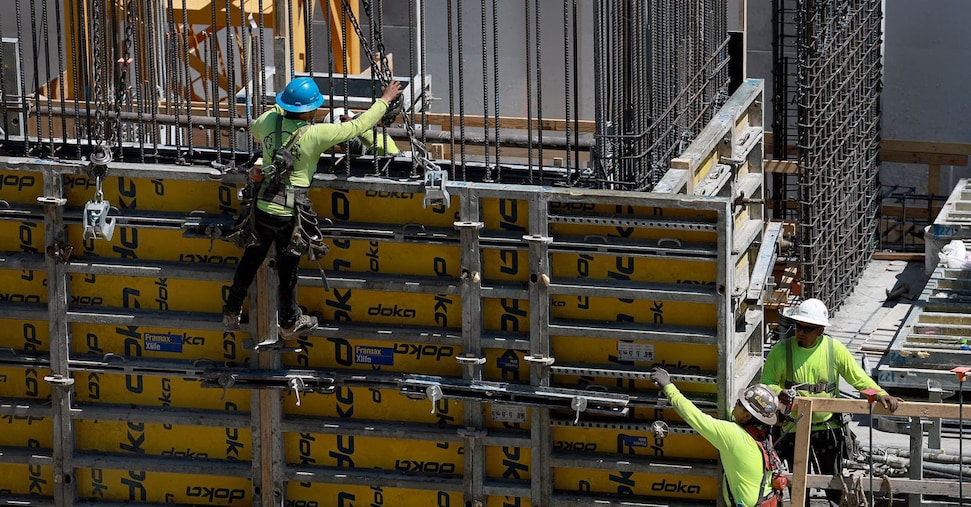Employment is growing, with an increase of 156,000 employees on an annual basis (+5%), bringing the total to 3.3 million. After three years of strong expansion, which has allowed us to recover and surpass the pre-crisis levels of 2008, the overall value of production has however recorded a slight decline, settling at 643 billion euro (-1.7% in real terms compared to 2023). This is what emerges from the Federcostruzioni 2024 Report, presented at Saie Bari. The construction sector continues to represent one of the main engines of the Italian economy.
Well wood, marble and ceramic products
The sector confirms its strong export vocation, with exports reaching EUR 64.6 billion, generating a trade balance surplus of EUR 33.4 billion. The most dynamic sectors on foreign markets are: wood and marble materials, ceramic products, bricks and tiles (EUR 22.7 billion), mechanical production and construction machinery (EUR 15 billion), and engineering and architectural services (EUR 11.3 billion).
The design supply chain grows
As regards the individual production sectors, the design and innovative services sector will grow in 2024, reaching €154.5 billion (+7.6% compared to 2023), consolidating the positive trend of recent years. On the other hand, other sectors will decline slightly: the building and infrastructure construction sector, which accounts for 51.4% of the system with €330.3 billion, will drop by -5.3%; the construction materials sector will drop to €112.7 billion (-2.3%), while the building technologies, machinery and systems sector will stand at €45.6 billion (-1.6%).
Perspectives for 2025
What to expect by the end of 2025? Supporting the supply chain in the near future will be, above all, the completion of works linked to the Pnrr projects scheduled to be completed in 2026. So far, Pnrr spending has reached 74.3 billion euro (with 52 per cent attributable to works of interest to construction), while investment spending by local authorities has grown by +16.3 per cent. For the construction system as a whole, a drop in real terms of -4.6 per cent is expected compared to 2024. For construction in the strict sense, Ance estimates a drop of 7 per cent in investments on an annual basis, linked above all to the downsizing of extraordinary housing maintenance due to the reduction in tax rates.
Brancaccio: ‘The emergencies are housing and hydrogeological instability’
“The construction supply chain has shown in recent years that it is capable of facing unimaginable challenges for an industrial fabric that has had to reinvent itself after being decimated by the crisis. Today, companies are more financially solid and more innovative, thanks above all to the NRP, which has enabled the country to make a qualitative leap forward. But we are faced with social emergencies that require immediate responses: housing and hydrogeological risk. Challenges to which the construction supply chain can contribute to provide an answer to young people and families in difficulty,” says Federica Brancaccio, president of Ance.

